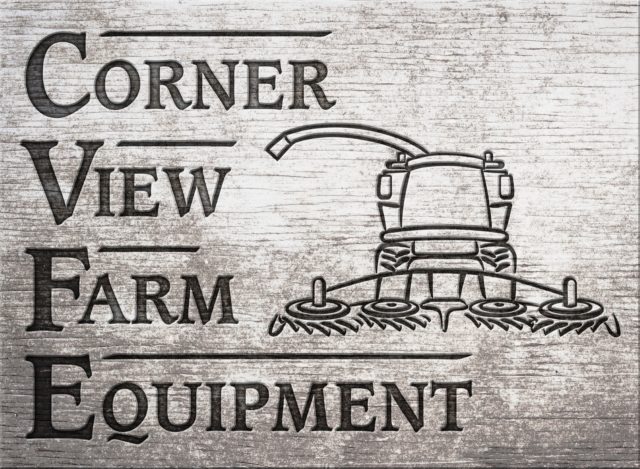“One of the first steps most livestock farms with round-baled hay should take is to make sure all of their round bales are protected,” advises Jerry Lindquist of Michigan State University Extension. “We can lose 15 to 30 percent of a harvested hay crop if it is left outside uncovered.”
If hay yields on a farm are 50 percent lower because of the weather and the farm does not normally cover all their round baled hay, they can cut this shortfall in half by covering their hay. Even farms that produce net wrapped round bales and leave them outside will find that providing more protection from moisture will save them hay as well.
Research at various Midwest universities has revealed that round baled twine tied hay sitting on the ground uncovered will suffer a total loss of 20 to 35 percent on average. Net wrapped round bales have become very popular and many assume that net wrapping protects the bales from rainfall.
It does protect the hay, to an extent, better than twine-tied bales. Net wrapping makes the bale surface more smooth and dense so it can shed water, but the advantage is not great.
University of Kentucky trials found net wrapped bales still lose 15 to 25 percent of their total dry matter hay on average when stored outside. Though much of the rain runs off the net wrapped surface, enough soaks into the outer layer of the hay to cause deterioration.
Also the researchers found that much of the rain was running to the bottom of the bale and being absorbed there by the hay where it contacts the soil surface causing spoilage.
Hay loss is a factor of:
• the amount of moisture the hay is exposed to (rainfall, snow, dew, ground moisture, etc.)
• how long it is exposed (a wet summer and fall will cause more loss than a dry one – and the number of months the hay is exposed before it is fed)
• the air temperature during the storage period as higher temps lead to greater losses
• the type of hay (the more digestible the hay is for animals, i.e. alfalfa and second or third cuttings, the more digestible it will be for bacteria that spoil hay).
The best way to reduce round bale hay spoilage is to cover the bales to keep rainfall off them and to break the contact with the soil so the bales do not draw moisture from the ground.
The same University of Kentucky study analyzed various forms of hay storage and found some significant results. Putting the bales inside under a roof is one of the best options, whether it is a steel roof pole barn, older wooden barn or hoop-roofed barn.
Total dry matter losses of the hay are typically only 4 to 7 percent when stored inside out of direct contact with the ground. If building a new structure this is a long-term investment that can pay for itself over a 10-year to 15-year period if hay is stored each year, especially with today’s higher hay prices.
For short-term investors, plastic coverage offers protection in various forms. Renting an in-line plastic bale wrapper can protect dry round bales for less than $10 per ton and this storage is just as good as inside storage from a dry matter loss perspective, again being only 4 to 7 percent in the Kentucky study.
Covering stacked hay with plastic tarps on a pad of stone or porous material can keep the loss down to the same 4 to 7 percent level if the tarp can be secured well enough against the wind to stay in place.
Plastic bale sleeves slipped over the bale leaving each end open diminishes rainfall and soil moisture entry to the bale keeping again the same low level of loss at 4 to 7 percent. Bale sleeves are labor intensive as they are put on by hand and are best utilized on smaller volumes of round bale.
Putting uncovered bales stacked on top of one another in pyramid shape with the bottom bales in direct contact with the ground suffered a 25 to 35 percent loss even though half the bales were off the ground. Net wrapped bales on the ground suffered the 15 to 25 percent loss and pyramid stacked bales on stone or a porous pad suffered a 13 to 17 percent loss.
Any method of protection is better than leaving the bale outside exposed to the weather. In a short hay year like this where all feeds will be high priced, covering what hay you already have is the most important step in determining ways to lessen the impact of the drought. FG
—From Michigan State University Extension










